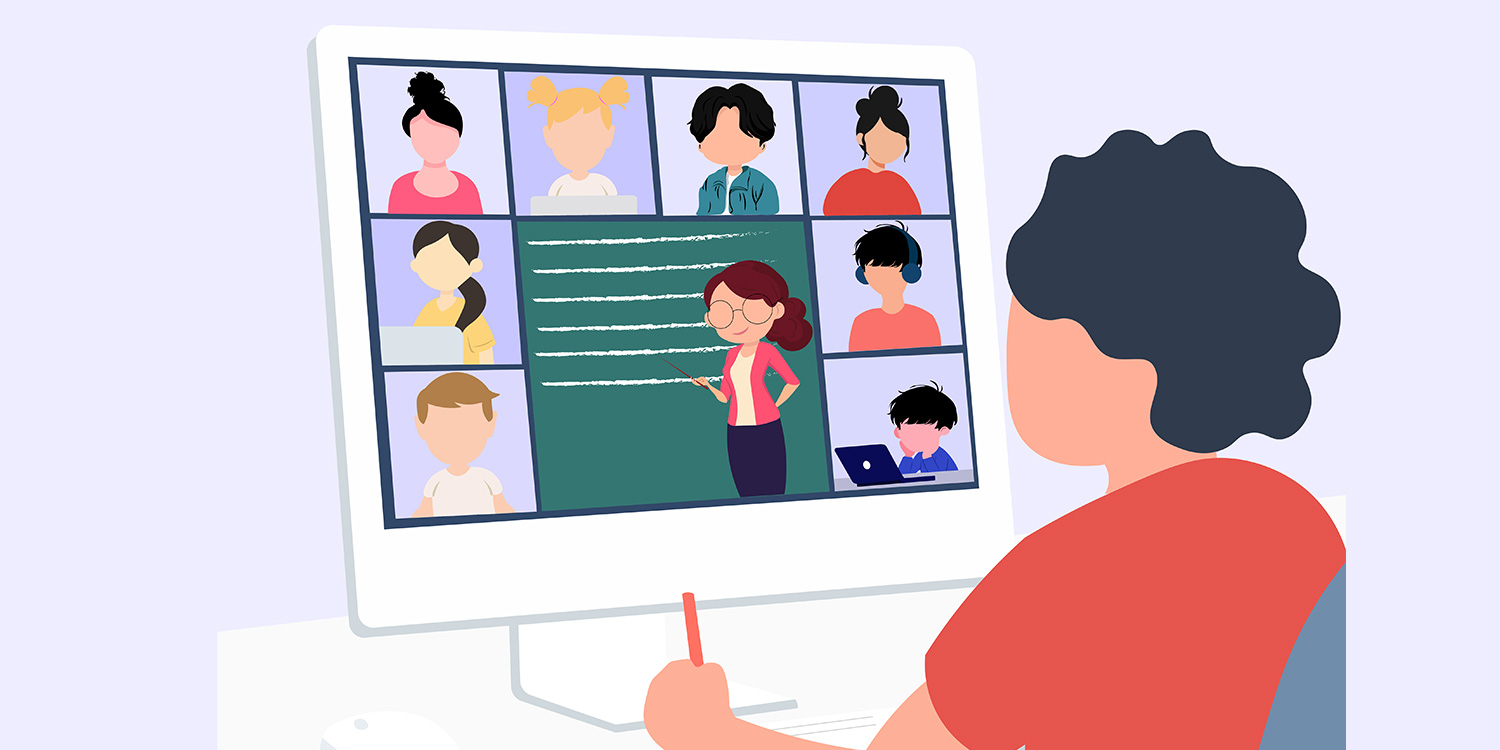

Navigating Educational Challenges Amidst the Pandemic
The global pandemic has brought about unprecedented challenges, particularly in the realm of education. In this article, we explore the multifaceted impact on educational systems, the innovative adaptations made, and the path forward for learners, educators, and institutions.
Immediate Shift to Remote Learning: A Necessary Response
As the pandemic swept across the globe, educational institutions faced an immediate need to adapt. The shift to remote learning became a critical response to ensure the safety of students and educators. This abrupt transition, while necessary, posed challenges related to technology access, digital literacy, and the ability to maintain the quality of education.
Digital Divide: Addressing Disparities in Access
One of the most pronounced challenges during the pandemic was the exacerbation of existing inequalities in education. The digital divide became glaringly evident as students from disadvantaged backgrounds faced barriers in accessing online learning tools. Bridging this gap became a priority, prompting initiatives to provide devices, internet connectivity, and digital resources to students in need.
Innovations in Online Education: Adapting to a New Normal
Amidst the challenges, the education sector witnessed a surge in innovative approaches to online learning. Virtual classrooms, interactive platforms, and digital collaboration tools became integral to the learning experience. Educators explored creative ways to engage students, fostering adaptability and resilience in the face of unprecedented circumstances.
Challenges for Educators: Navigating Remote Instruction
Educators found themselves grappling with the nuances of remote instruction. Adapting teaching methods to suit virtual environments, maintaining student engagement, and addressing diverse learning needs presented new challenges. Professional development opportunities and collaborative platforms emerged to support educators in navigating the complexities of remote teaching.
Mental Health and Well-being: Prioritizing Student Support
The isolation brought about by remote learning took a toll on students’ mental health. Institutions recognized the need to prioritize student well-being, implementing support services and mental health resources. Creating virtual communities, offering counseling services, and promoting self-care initiatives became essential components of supporting students emotionally and psychologically.
Reimagining Assessments: Beyond Traditional Testing
The shift to remote learning prompted a reevaluation of traditional assessment methods. Educators and institutions began exploring alternative ways to assess student progress, including project-based assessments, online portfolios, and collaborative assignments. This period of innovation paved the way for a more holistic approach to evaluating student learning.
The Hybrid Learning Model: Bridging the Gap
Recognizing the limitations of both in-person and fully remote learning, the hybrid learning model gained prominence. This approach blends traditional classroom instruction with online components, offering flexibility and adaptability. The hybrid model aims to provide a balanced and effective learning experience that accommodates diverse learning styles and preferences.
Building Resilience for the Future: Lessons Learned
As the education sector continues to grapple with the effects of the pandemic, the lessons learned are invaluable. Building resilience for the future involves incorporating these lessons into educational systems. Flexibility, adaptability, and a commitment to addressing disparities are crucial elements in preparing for potential future disruptions.
The Path Forward: A Collaborative Effort
Looking ahead, the path forward involves a collaborative effort from educators, policymakers, and communities. Investments in technology infrastructure, professional development for educators, and a commitment to addressing equity issues will play pivotal roles in shaping the future of education post-pandemic.
In the midst of these challenges and innovations, resources such as Education Amidst Pandemic provide valuable insights and support for navigating the complexities of the current educational landscape. This centralized hub offers guidance on remote learning, mental health resources, and strategies for building a resilient education system for the future.







